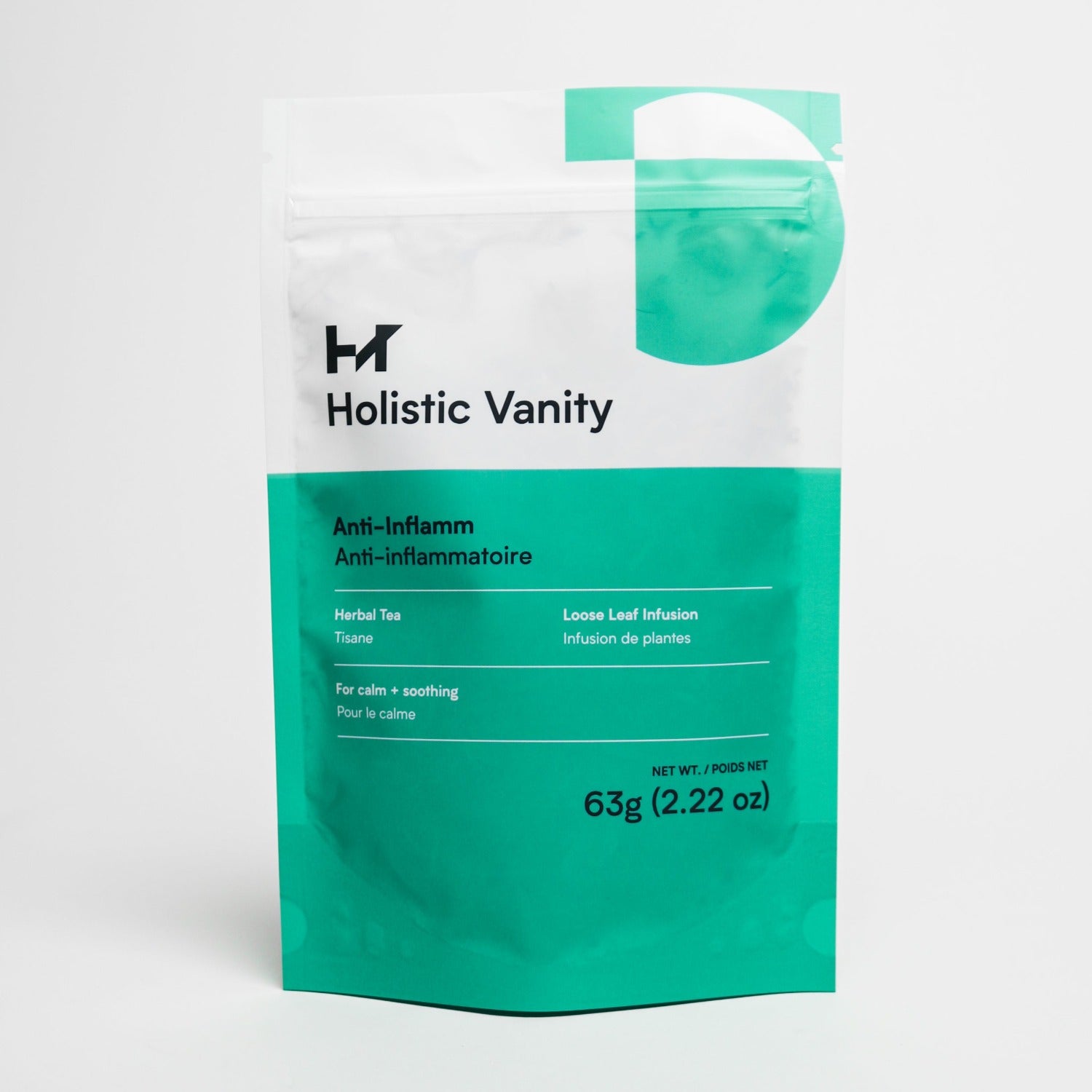Menopause causes drastic changes in women’s bodies.
According to Ayurveda, the transition into menopause is a Vata time. This is because it is a change from one phase to another and Vata governs the energy of change and movement.
This means many women may experience Vata-dysfunction characteristics: scattered mental patterns, forgetfulness, over-sensitivity to our surroundings and insomnia.
A Vata increase can increase leading to roughness and thinning of the skin and hair, frailness, dullness and dryness as well as brittleness of the bones.
This is seen through a biomedical lens as the skin tends to lose tone and suppleness due to a drop in estrogen levels.
Along with heightened Vata, this transition makes other doshic imbalances more obvious. Those with high Pitta will experience hot flashes, breakouts and moodiness, while those with Kapha accumulation will experience water-retention and lethargy.
However, it is the depletion that the Vata transition creates that brings these imbalances to the forefront.
Menopause and Vata
The dramatic decrease in estrogen does a whole host of things. First, it decreases collagen in the body, affecting the moisture and firmness of the skin.
But collagen is not only found in the skin tissue, it also makes up cartilage, influencing our skeletal system.
Remember, the skin rests upon our skeletal structures as support, so when these decrease in mass, the tautness of our skin also decreases. And of course, this change in bone tissue also prompts osteoporosis to become a concern.
Estrogen facilitates the bone absorption of calcium from the blood and inhibits its loss.
According to Ayurveda, this is caused by high Vata along with an increase in asthi agni (the “fire” or metabolic energy governing bone tissue) as the body tries to compensate for estrogen decrease.
Menopause Care: 5 Ayurvedic Solutions
#1: Shatavari
Shatavari is an excellent root herb to take for natural estrogen, and it also pacifies Vata.
This Ayurvedic supplement is a staple for supporting the female reproductive system, and can be taken as a tea, in capsules, or by the spoonful (powdered). It is important to consult an Ayurvedic Practitioner beforehand to ensure this is the right remedy for you. We must be careful when addressing and treating our hormonal system, whether taking herbal or pharmaceutical medications.
Synthetic hormone-replacement therapy can increase Pitta, so it is important to use these with the guidance of a professional health practitioner.
#2: Oil up with the right oil
Topical care plays a huge role in an effortless transition into menopause, and oiling our bodies every day. Sesame oil is best for pacifying Vata.
Paying special attention to the scalp (which is an extension of the face everyone ignores...) is important because, in Ayurveda, this also treats the nervous system.
Also applying an oil-rich moisturizer on our facial skin is excellent to protect and compensate for lower sebum production caused by heightened Vata.
A face-oil containing argan, safflower or evening primrose fits well for most menopausal skin. Supporting this oiling by pairing it with increased hydration will also reduce Vata traits.
Using a serum containing hyaluronic acid helps make up for a decrease in hydration and cushioning aggravated by loss of estrogen. This helps fine lines and dryness.
But beyond just application, you can pair this with relaxing practices such as spending time in a steam room or wet sauna.
Total body steaming (esp. when oiled) moistens Vata, lubricates our tissues and calms our minds.
#3 Kidney Support
Topical care alone is not enough for hydration. Protecting the kidneys is critical. The kidneys influence water-metabolism and dispersion.
The kidneys are governed by Vata, and are vulnerable during this time, so we must support and nurture them by monitoring our water-intake, keeping the lower and middle back warm, and avoiding excess salt.
Keeping the midback warm can be aided by wearing a cute kidney warmer....it looks like a sweater for your tummy.
#4: The Menopause Diet
Eating moist foods is another way to get water in our bodies, skin and cells. Watery stews and hearty vegetables will help keep the GI tract moist.
Foods with estrogenic properties may also helpful, and these include soy and flaxseeds. Some benefit from daily doses of each. Again, speak to your health care practitioner to see if increasing these makes sense for you.
#5: Mental, Emotional Balance
Giving our mental and emotional body rest is also imperative when trying to balance during the shift into menopause as well as after menopause has occurred.
Going to bed before 11:00pm helps you get quality sleep. Rest itself supports any transition. However, we must be careful not to oversleep or to frequently sleep during the day, as this may disrupt sleep cycles.
Meditation and yoga (Vata-pacifying poses especially) are powerful tools in grounding our energy and focus.
Meditation creates space for mindful contemplation. It is important to do self-reflection when welcoming this big change.
Image by Edward Cisneros via Unsplash


